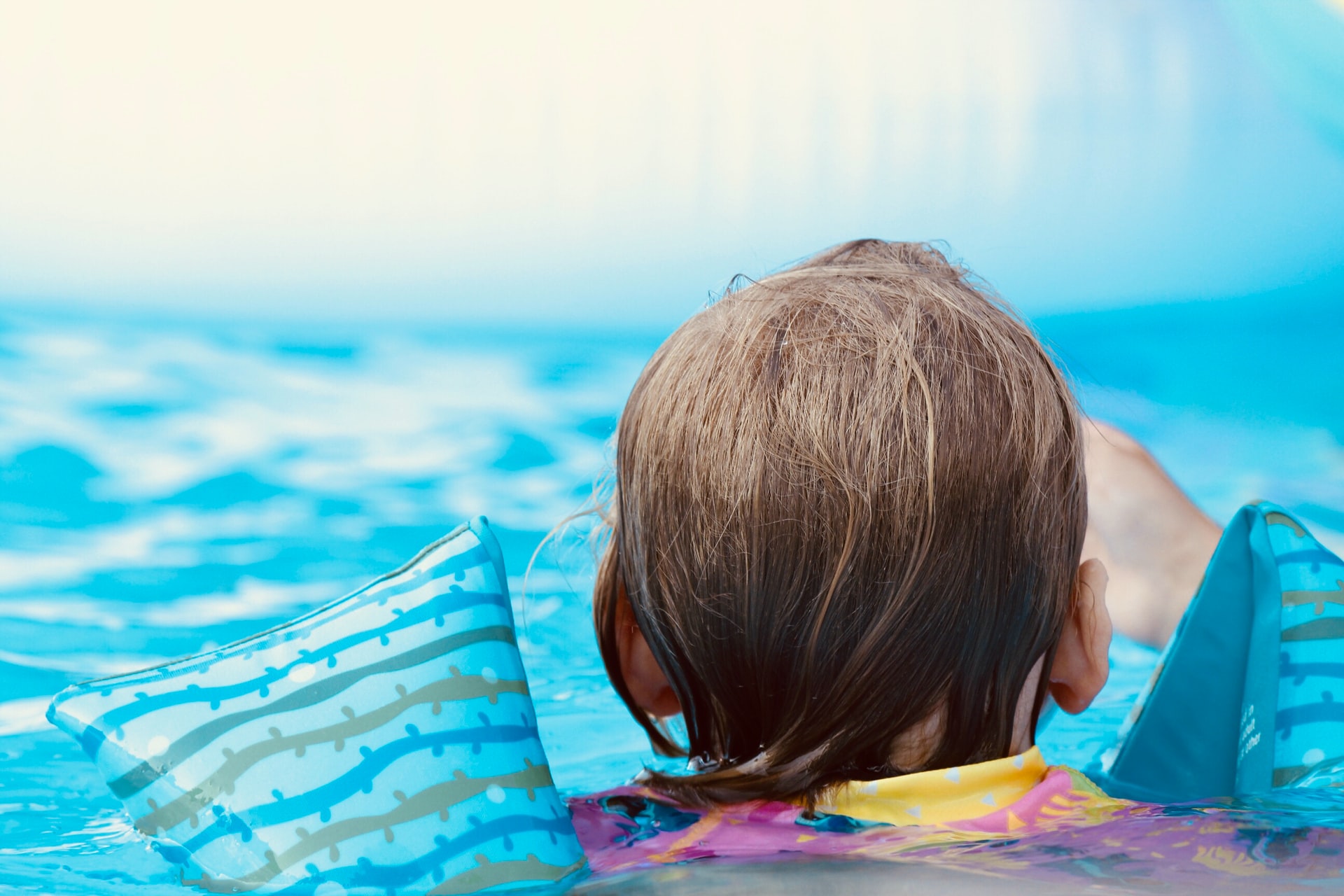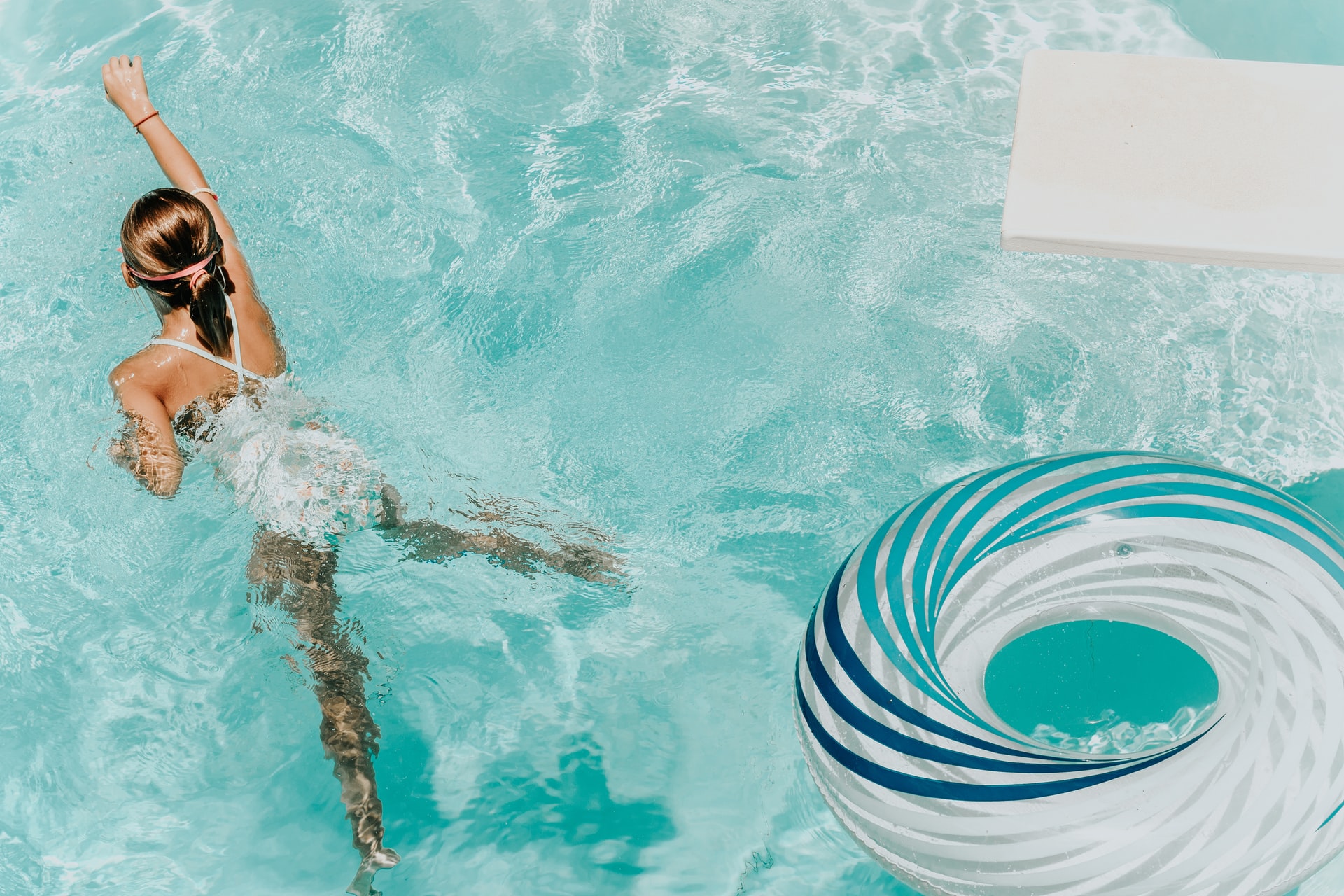Every child should be able to swim and know how to survive in the water. Swimming lessons, especially for children over the age of 1, can help keep youngsters safer around water and reduce the likelihood of terrible aquatic accidents, even though they cannot entirely remove the risk of drowning. Here is a guide to swimming classes for kids, broken down by age, with tips on what to look for and what to anticipate.
Baby Swim Instruction
Aquatic sessions for infants are frequently entertaining for both parents and children. The American Academy of Pediatrics (AAP) does not, however, advise infants under the age of one to take actual swim lessons because they are unable to swim freely because they lack the respiratory skills needed for swimming. 1
Furthermore, there is no proof that teaching young children to swim can lower their risk of drowning. Nothing can replace the necessity of parental supervision near water. However, the AAP does advise classes that involve parent-child pairs in water play activities so that infants can become accustomed to being in the water.
When choosing a class for you and your child, seek out those that promise fun in the water rather than the unattainable (and potentially dangerous) goal of teaching a baby to swim. These programs should also employ instructors who are certified by the American Red Cross as both lifeguards and in first aid/resuscitation.
Other qualities to look for in a beginner aquatics program include the following:
- enables you to observe a class to determine whether the instructor’s methods are suitable for your needs and enjoyable for both you and your child.
- creates a low-pressure environment so that kids who are hesitant or afraid are not coerced into submerging their heads underwater
- does not make a promise to keep babies from drowning or to teach them to swim.
- takes care of keeping the pool clean and at the right temperature.
- offers a limited number of students, ideally no more than ten, in each class.
- requires parents to participate in the newborn aquatics lesson while in the water
 Infant swimming lessons
Infant swimming lessons
The AAP advises swim lessons for children between the ages of 1 and 4, even though the majority of toddlers and young children are still not developmentally prepared to learn complex swim strokes or swim successfully on their own. According to several research, swimming training could reduce the number of young children, including toddlers and preschoolers, who drown.
These outcomes might be mostly attributable to the water safety lessons that young kids get. Early swim lessons, however, are not a replacement for adult supervision while in the water, just as they are with babies.
According to the AAP, drowning is a major cause of unintentional injury and death in children under the age of 18, with children aged 12 to 36 months seeing the highest incidence of drowning. Your child should eventually learn to swim, whether you start at age 2 or age 4 or age 6.
Swimjourney lessons for kids under 4 should include both parents and kids so that they both acquire basic water safety habits, similar to newborn aquatics classes. Even though many children are not developmentally prepared to swim independently until after their fourth birthday, these programs are crucial for developing swim preparation skills.
Some parents think that in order to ensure that their children are swift swimmers, they must begin swim training at a young age. However, a more recent study on kids’ readiness for learning front crawl swimming found that regardless of whether they began training at age 2, age 3, or age 4, kids learnt to swim proficiently at about the same mean age of 5 1/2 years.
Therefore, you might choose to remain with water play and begin official lessons when your child is a little older if they don’t appear interested in learning to swim. It will probably be frustrating for both of you if you try to push your toddler into swimming before they’re ready.
Most kids are ready for formal swim lessons when they are around 4 years old, depending on their developmental stage. Most kids can coordinate their motions by this age, which is essential for successfully swimming and kicking their feet and doing swim strokes. Additionally, the AAP emphasizes the importance of swimming classes for all kids aged 4 and older in order to impart water safety knowledge.
Ensure the program includes safety-certified teachers before enrolling your child in swim lessons. Finding a program that advances your child to a new level each time they master a new ability is also beneficial. If at all feasible, observe a class or two before committing.
The greatest swim programs combine training and games that are both educational and enjoyable for youngsters.
You should make a commitment to teaching your child how to swim since it is a vital life skill. Additionally, swimming is a great form of exercise and is frequently taken up as a lifetime activity as individuals get older. You might think about signing up for a local swim team or swim club if your kid seems to truly enjoy swimming.
 Safety in Swimming Pools
Safety in Swimming Pools
Always keep safety in mind when swimming and engaging in other water sports. Even if a child can swim, they should always be monitored in the water despite the fact that swim classes minimize risk. You should learn to exercise “touch supervision,” which the AAP defines as a caregiver being within an arm’s reach or able to touch the swimmer at all times, even while wearing floaties or a life jacket.
A safe fence is the most crucial barrier against drowning if you have a pool. It must entirely separate the pool from the home and yard, be at least 4 feet tall, have self-closing and self-latching gates, and surround the pool on all four sides. The AAP states that the “best studied and most effective drowning-prevention method for the young kid” is fencing that complies with these standards. 2 An additional layer of security is offered by a lockable pool cover.
You should also take additional safety measures, such as educating babysitters about the dangers of swimming pools and teaching them how to utilize safety equipment. To ensure that there are always eyes on the children when there is a social gathering around the pool, have the adults take turns being the dedicated watcher. When a child disappears unexpectedly, start by looking in the pool.
CPR (cardiopulmonary resuscitation) should be learned, and all family members should follow suit. Store pool toys and anything else that might draw a child’s interest when the pool isn’t in use. A gate or pool barrier should never be propped open. You should be able to create a secure atmosphere for children of all ages by putting these safety measures into action.

